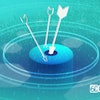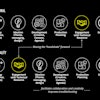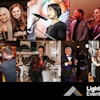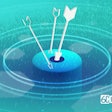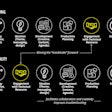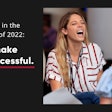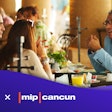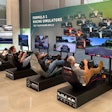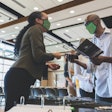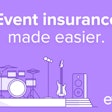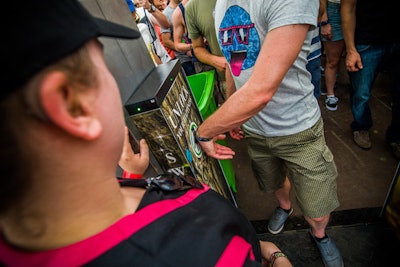
At the Tomorrowland music festival, which took place in Belgium over two weekends in July, R.F.I.D. wristbands replaced admission tickets and also provided a way for the 60,000 daily attendees to connect with one another. Prior to the event, festivalgoers registered their wristbands online and linked them to their Facebook accounts. At the event, if two people near each other pressed the heart-shaped button on their wristbands at the same time, each person's Facebook name was stored in the cloud and then sent in an email to the other person. So each attendee received a daily email of anyone they had met throughout the day. Organizers also illuminated the lights on the bracelets in coordination with some of the musical acts.
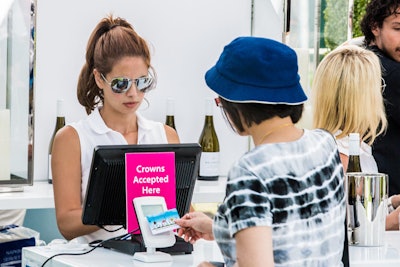
At IMG’s inaugural Taste of Toronto festival in July, attendees used R.F.I.D.-enabled cards to purchase food and beverages from vendors at the event. The cards were provided by IntelliPay, a division of Intellitix. Guests could go online before the event to load money onto the card, and they could also add funds at stations throughout the festival. At the end of the festival, balances remaining on cards were donated to Second Harvest Food Rescue. Each individual’s online account also provided a history of all food and beverage items purchased.
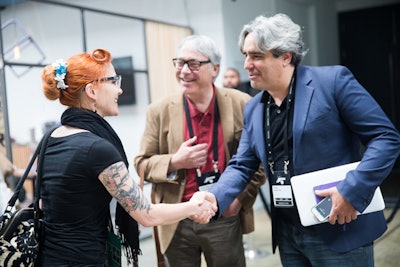
For Montreal’s C2MTL—Commerce & Creativity conference in May, Connect & Go created badges embedded with U.H.F. tags. Unlike N.F.C., which is intended for very close communication, U.H.F. tags can be read from as far away as 30 feet. As the 4,000 attendees passed through the main entrance, U.H.F. readers embedded in the gates instantly read their badges and alerted security personnel with either a green or red light to indicate whether they were approved to enter. Organizers also hung three U.H.F. “chandeliers” on the show floor. The devices could read attendee activity within a 30- by 30-foot zone, tracking when people arrived, how much time they spent in the area, and who else was there. Organizers received real-time information on tablets, so they could make adjustments as necessary, for example to ensure the most heavily trafficked food stations had enough staff and products.

At EMC World in May in Las Vegas, organizers used N.F.C. badges from ITN International to manage the distribution of conference bags filled with valuable gifts such as GoPro cameras and iPods. As attendees went to the bag pickup area, staff scanned their badges with a smartphone to determine which bag they should receive. The data was stored to ensure that the badge could not be used to obtain additional gift bags. ITN’s system also saved the activity so if a badge had to be reprinted, it still indicated that the attendee had received a bag.
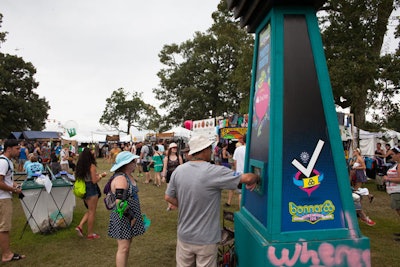
At the Bonnaroo Music and Arts Festival in Tennessee in June, organizers partnered with Microsoft to allow guests to create a photo history of their festival experience. Prior to the event, guests went online to register their R.F.I.D. wristbands and link them to a Microsoft OneDrive account. Then each time they swiped their wristbands at photo booths around the event, the pictures automatically uploaded to the online account. Guests could also swipe their wristbands at stations near each stage to receive a photo of the performance in their OneDrive accounts. Intellitix provided the wristbands.

At the Ryder Cup, set for September 23 to 28 in Scotland, guests will use R.F.I.D. wristbands from Intellitix for a variety of interactive experiences. In partnership with Active Scotland, a government initiative to promote physical activity, guests will be encouraged to walk the course and check in at various stations for a chance to win prizes. The wristband will track the distances they cover and will also post updates to social media. Guests will also be able to give a “virtual high five” to either the European or United States team by touching their wristbands at specified points, which then registers their support on a leaderboard. Guests who own BMWs will be able to use their wristbands to enter the company’s “Owners’ Cafe” at the 10th hole and spend preloaded tokens.
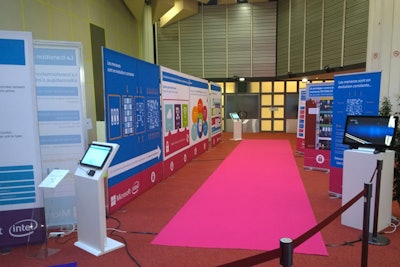
Dell is using N.F.C. for the first time during its Dell Solutions Tour, which is taking place in 20 European cities through November. Zappit is printing plastic N.F.C. badges on site at each event. After attendees visit the product displays, they tap their badges on a kiosk to launch a survey. To encourage participation, the system is linked to a prize drawing.

Exhibitors participating in the Dell Solutions Tour, currently taking place in cities around Europe, are using Zappit’s N.F.C.-reader app. By tapping the device to an attendee’s N.F.C.-enabled badge, the app retrieves that person’s contact information and provides a place for the exhibitor to add notes.

At Mobile World Congress in Barcelona, Spain, in February, attendees could use their N.F.C.-enabled devices to access event information and download materials at kiosks, redeem food coupons at catering outlets, and participate in a treasure hunt. Organizers estimate 51,000 N.F.C. transactions were made during the four-day event. In addition, users could create an N.F.C. photo badge within the event’s mobile app, which expedited entry to convention facilities. Sponsor Incipio offered its Cashwrap N.F.C.-enabled cases for free so iPhone users also could participate.
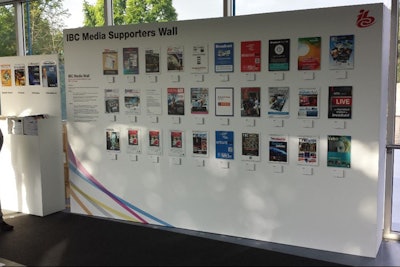
At the International Broadcasting Convention in Amsterdam in September, organizers created a wall displaying magazines from 30 sponsoring publishers. Below each magazine was a Btag—a self-contained N.F.C. hot spot provided by ITN International. Attendees simply tapped their N.F.C.-enabled badges to the Btag to receive a digital copy of the magazine, eliminating the need for publishers to provide bins of printed copies.
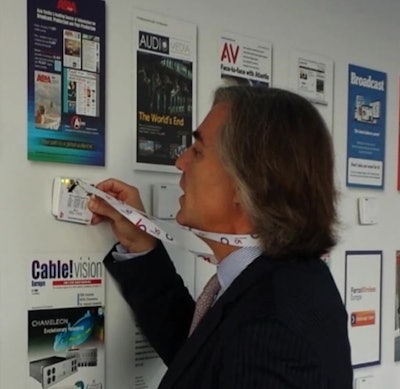
At the end of each day, attendees received an email that included links to each publication they had “touched” on the media wall.
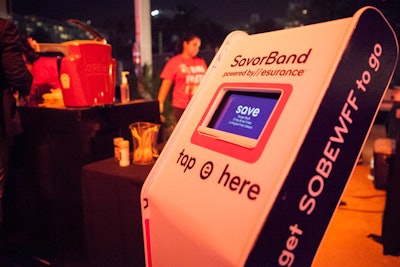
At the Food Network South Beach Wine & Food Festival in February, sponsor Esurance provided N.F.C.-enabled wristbands each night in the North Venue. Guests tapped the bands on tablet computers displayed next to each chef and sponsor station to save information about food items, recipes, and other perks in an online account. ClearHart Digital, which created the wristbands, calls the system a “digital memory bank.”

At the International C.E.S. in January, ITN International created and distributed 160,000 N.F.C.-enabled badges at more than two dozen sites, including at the airport and designated hotels. Guests used the badges to check in to educational sessions and also to provide contact information to exhibitors that were using ITN’s app.
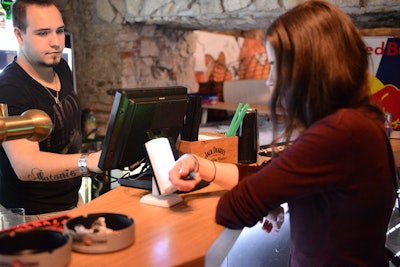
In late 2013, Intellitix began using its IntelliPay cashless payment bands at festivals around Europe, including the Majales festivals in the Czech Republic. Users create an online profile to link the band with a credit card or PayPal and then could tap it on a reader to purchase food, merchandise, and other items around the venue. The company will use the system at two upcoming events in North America: Mysteryland USA in New York later this month and Digital Dreams in Toronto in June.
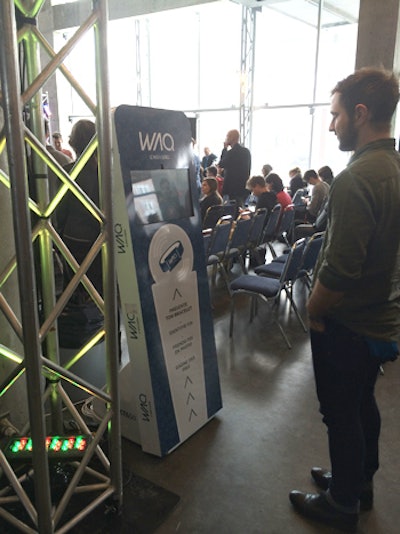
The 450 attendees at Web à Québec in March wore N.F.C.-enabled bracelets from Connect & Go, which could be used for Facebook check-ins and photo sharing from six sponsored kiosks throughout the event.
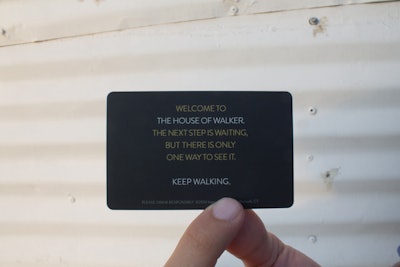
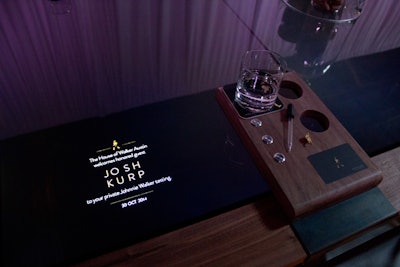
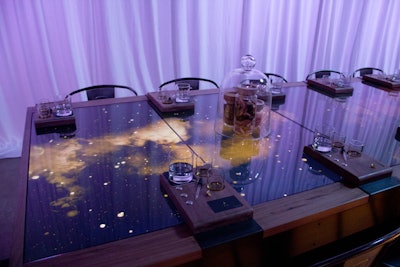

Similar to the South Beach Wine & Food Festival, Esurance's SavorBand kiosks let guests tap N.F.C.-enabled bracelets to receive recipes and other information from vendors.
